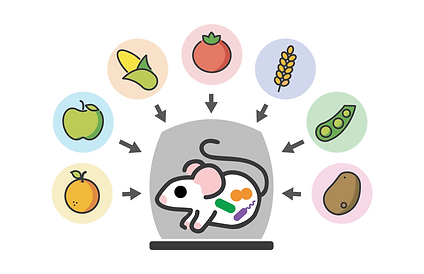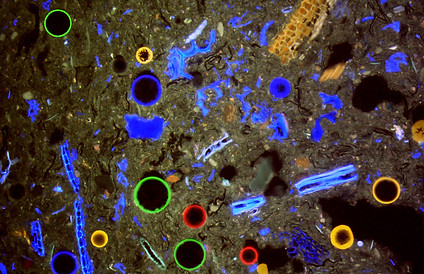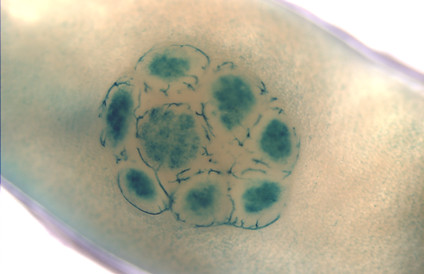
RESEARCH
Diet / Immunity / Human Gut Microbial Ecology

COMPETITION BETWEEN BENEFICIAL AND PATHOGENIC MICROBES FOR DIETARY NUTRIENTS
Bacterial species with pathogenic potential are present in the gut microbiota of asymptomatic individuals and these species have the capacity to expand in response to changes in diet. We aim to understand the overlapping nutrient harvesting strategies that underly competitive relationships between pathogens and their non-pathogenic relatives, and exploit this knowledge to reduce pathogen load in the gut. These studies involve dietary carbohydrate screens and genome-wide transposon mutagenesis to identify genes that mediate microbe-microbe interactions.

SPATIAL ORGANIZATION OF THE GUT ECOSYSTEM
The intestinal lumen is a turbulent, semi-fluid landscape where microbial cells and dietary plant cell wall fragments are distributed with high heterogeneity, and redistributed on the time scale of seconds. We are examining how bacteria selectively adhere to dietary particles in the gut lumen. We use libraries of orally administered artificial food particles (consisting of glycan-coated magnetic beads) to shed light on the poorly defined spatial structure of the gut microbiota. These technologies hold promise as a means to intentionally position the members of microbial communities in physical configurations that modulate their functions.

HOST CONTROL OF MICROBE-MICROBE INTERACTIONS
The effects of gut microbiota composition on host phenotype are posited to provide evolutionary advantages to hosts that can selectively support beneficial microbial species. We are exploring host pathways that recognize the metabolic activities of gut bacterial symbionts, and the mechanisms by which secreted antibodies alter bacterial survival.
